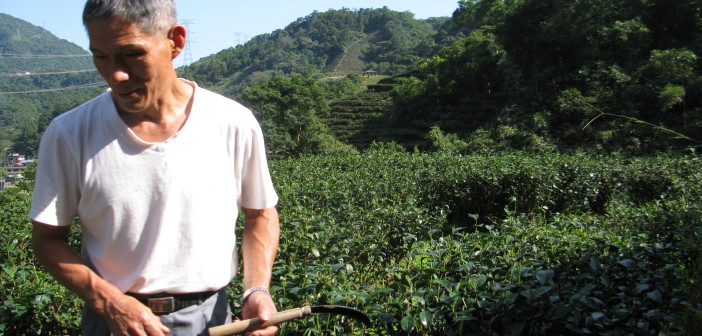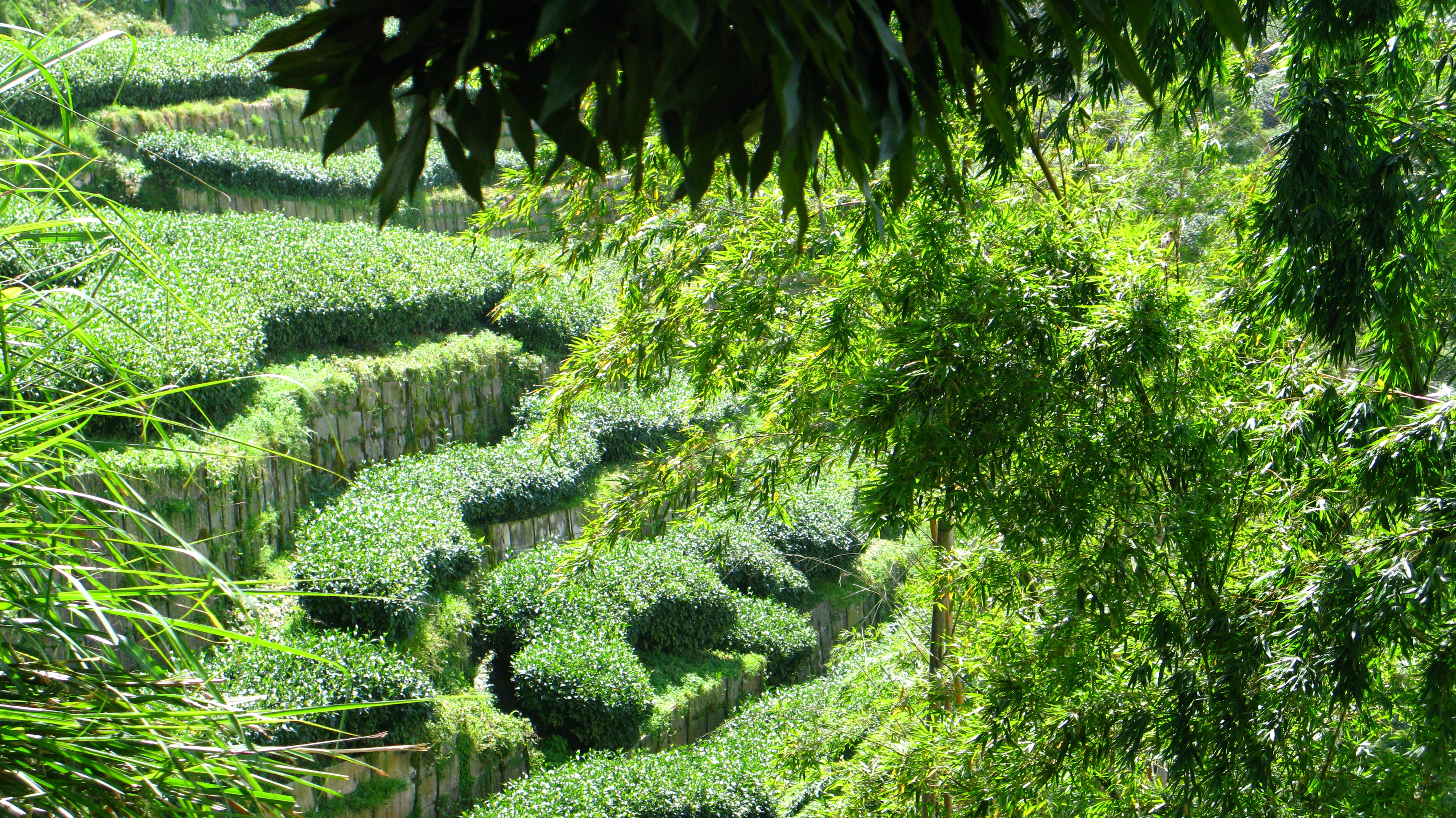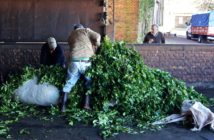Winnie Yu, Director of Teance, shares the story behind her adventures traveling to Taiwan to curate a collection of the finest oolong teas.
Tea curatorship, adventure-style, means it is a self created niche occupation. The business of tea is not only global and highly commercialized, it has been around for a couple thousand years. Is there really a need to curate the best from each region- for after all, most people have only had tea dust in bags, they couldn’t tell 2000 meter grown tea vs. 2500 meter grown tea. Tea is also very provincial, even most people in Asia stick with just the teas from their own regions. As for everyone else around the world, they just get a blend of the most generic tea possible. What’s the fuss about traveling to all these remote, inaccessible places, just to create your own collection of the best of the best?
For me, it is a highly personally meaningful endeavor, and the business was just part of it. Take Taiwan, for example. It is a tiny island less than 10% the size of California. Yet it boasts of some of the most highly regarded oolong teas in the world, certainly the most sought after and expensive. The island folks are very proud of their tea culture, with tea houses and tea shops literally 2-3 deep per block. For me to seek out every micro terroir and find the best artisan in each, is painstaking and takes years of leg work. The teas made by the best artisans are just as personalized to them as this business is to me- and earning their trust to sell their teas means you really have to understand the tea in its context in the world, in its region, and the artisans and their family. How they view the world, their values, their every passion based action lends to that unique tea.
 We have an an exceptional and unique oolong called Jia Long, for example. Its processing is a trade secret invented by the tea master of a tiny farm in northern Taiwan. His farm is surrounded by outrageously fragrant ginger flowers, the rows of organically tended tea leaves meander around a mountain stream. He deep fries the ginger flowers, along with fresh tea leaves, to make a tempura to serve guests. Tea seeds are meticulously pressed to make a light aromatic oil to toss on the noodles. You visit his farm, meet his wife, his sons, and sit for the deeply caramelized and honeylike tea that lasts through over 20 steepings, snack on the tempura tea leaves, and then marvel at how everything just comes together into a complete picture. The tea master does not say a word usually, and no one will try to sell you any tea. It’s about hospitality, it’s about friendship and family. Friendship comes from showing up on a regular basis year after year. Family status comes from eating huge helpings of the noodles laced with tea oil. You earn your keep when you can correctly identify which of the tea master’s collection is the most esteemed by him, and why. That is tea curatorship Taiwan style: warmth, friendship, family, and expert palate. As for money and business, that’s far on the bottom of the list!
We have an an exceptional and unique oolong called Jia Long, for example. Its processing is a trade secret invented by the tea master of a tiny farm in northern Taiwan. His farm is surrounded by outrageously fragrant ginger flowers, the rows of organically tended tea leaves meander around a mountain stream. He deep fries the ginger flowers, along with fresh tea leaves, to make a tempura to serve guests. Tea seeds are meticulously pressed to make a light aromatic oil to toss on the noodles. You visit his farm, meet his wife, his sons, and sit for the deeply caramelized and honeylike tea that lasts through over 20 steepings, snack on the tempura tea leaves, and then marvel at how everything just comes together into a complete picture. The tea master does not say a word usually, and no one will try to sell you any tea. It’s about hospitality, it’s about friendship and family. Friendship comes from showing up on a regular basis year after year. Family status comes from eating huge helpings of the noodles laced with tea oil. You earn your keep when you can correctly identify which of the tea master’s collection is the most esteemed by him, and why. That is tea curatorship Taiwan style: warmth, friendship, family, and expert palate. As for money and business, that’s far on the bottom of the list!
So year after year, season after season, I take turns with all these farms, visit with the families, bring gifts to the elderly moms and young kids, and try to keep track of everyone in these commune, family style tea villages, where everyone is making tea and everyone is related. For example, I know all 5 generations of the Yan and Lin extended families in Xiping, Anxi China, home of the legendary Tieguanyin. Every year I am there, there has been a death of an elder or the birth of a new child into the village. My family becomes global, people I would otherwise never meet are like family to me, and from there, they send me their best teas, year after year. They will even call me to tell me not to buy a certain tea, because of too much rain/ drought/frost, whatever. My job as curator is not like that of a lone ranger riding into town armed with expertise and money. In fact, I roll in on the hospitality of the tea artisans, and rely on them to guide me through, year after year, and deepen my knowledge and palate every year.
So my adventures in tea are actually about traveling to meet my extended family, that’s all! It’s a far cry from dealing in auction and making sure you didn’t get an empty chest when the stuff arrives. Because the best teas come from boutique artisans, they have no obligation to do business with outsiders who know nothing of them or their values. Asians are all about respect and subtlety. Operate with those two words and one can get some better teas everywhere in Asia!
 Winnie Yu, Director of Teance
Winnie Yu, Director of Teance
Winnie’s passion for tea began at a young age in Hong Kong, an international mecca of local and foreign cusines. Although fermented Pu-Erh teas were preferred by the old and Tikuanyins for the young, Winnie developed a taste for a wide range of teas from green to black. After moving to the U.S., she finds that it was difficult to find real teas, let alone quality authentic and unblended teas. Having to wait until she traveled next to Asia or a friend to come back from China to bring good teas to her, she decided to import the teas herself. To this end, friends came together to realize the mission of making tea accessible not only to Winnie herself, but to her community of friends and family as well. Old tea masters, friends who were tea farmers, provided support at the other end of Asia towards her endeavour. A partner entrenched in Hong Kong handled all logistics of importing teas on an expedient fashion. After working several years to establish sourcing and infrastructure, Winnie decided to challenge the project further by setting up a new concept of tea- that of a tea tasting program, expertly prepared and education oriented, to properly introduce tea to the public in the U.S. To this end, Teance was created.







